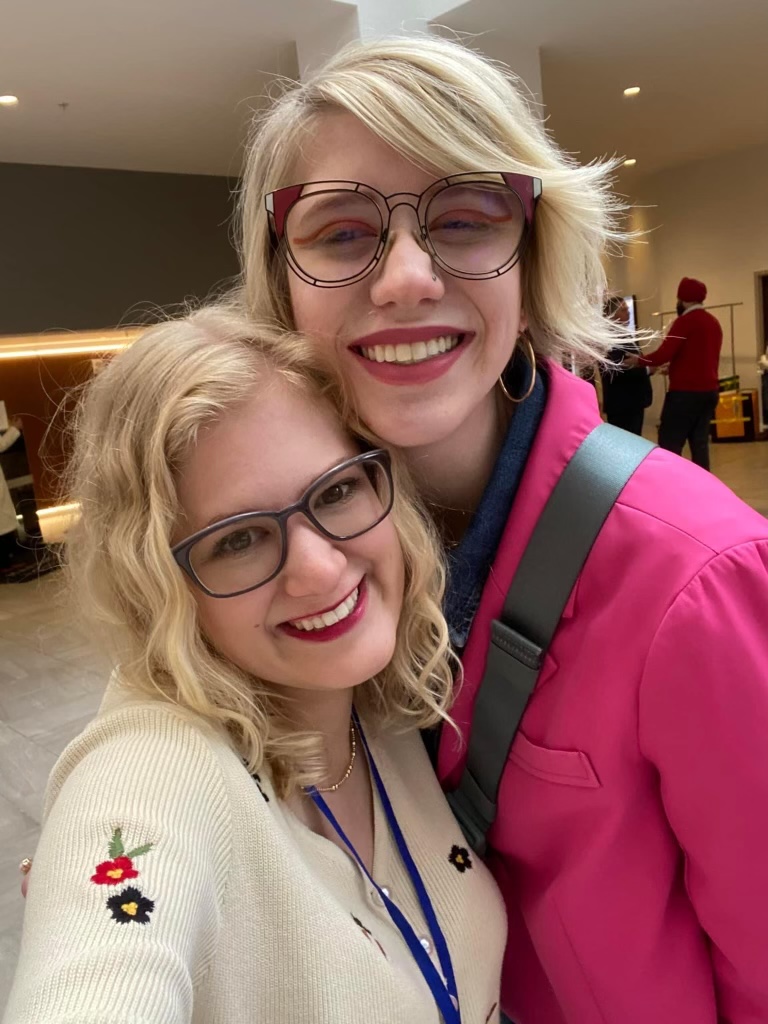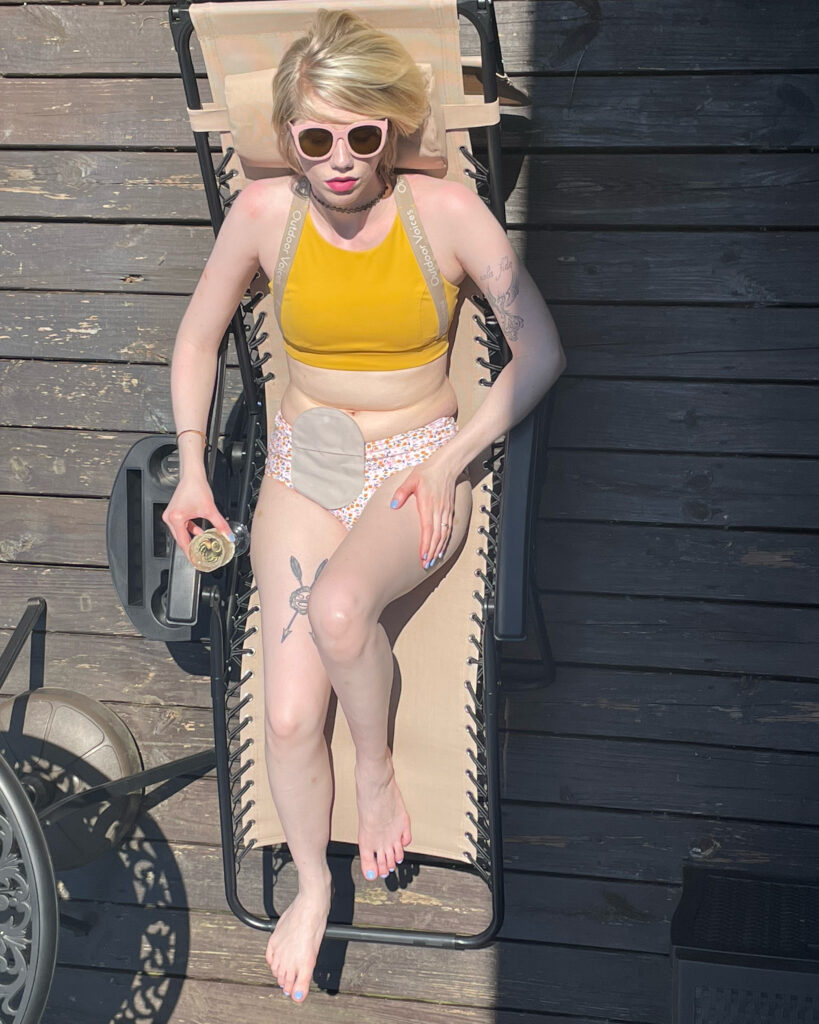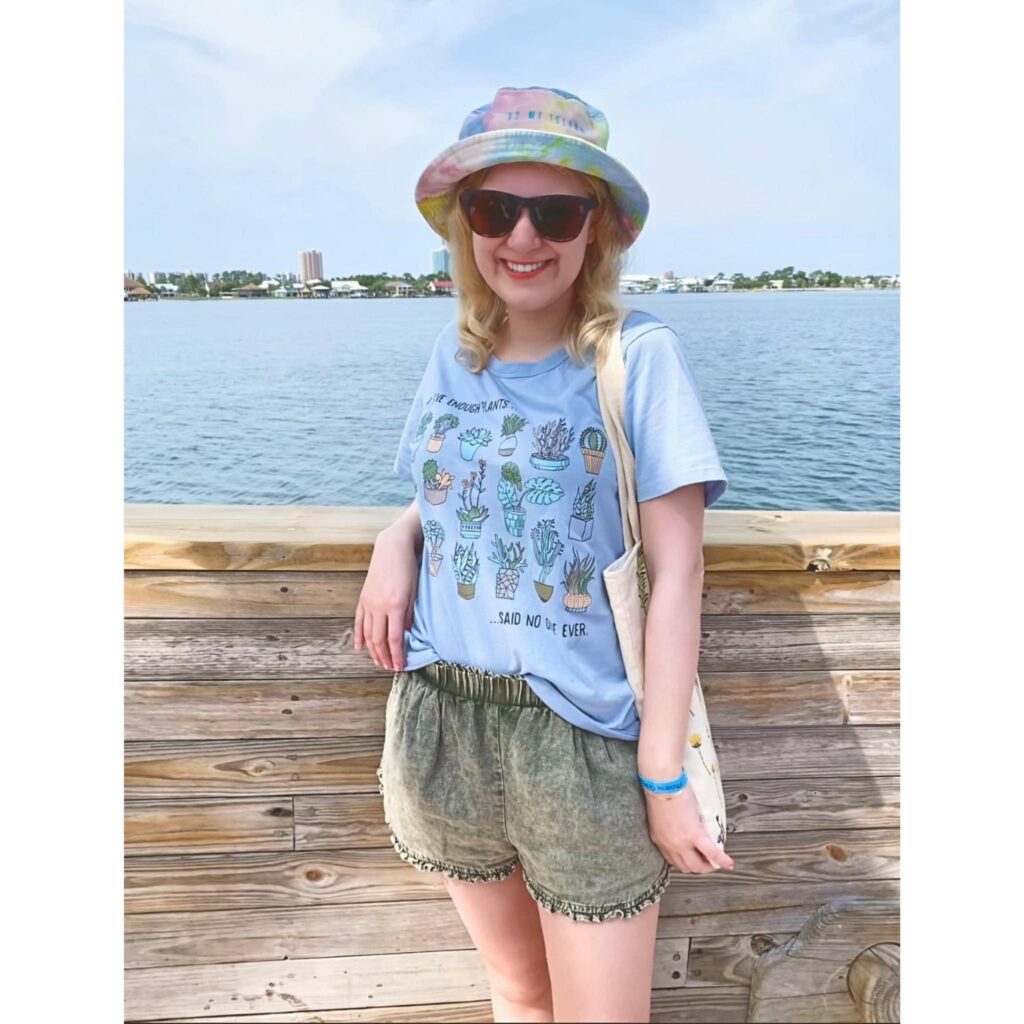We have a rare disease called Hermansky-Pudlak Syndrome (HPS). It’s a topic that’s central to our podcast, but we thought we’d create a specific page on our website to give a more complete description of what it is and how it affects us.
HPS affects 1 in every 500,000 to 1,000,000 worldwide and, like most things in the scientific world, was named after the doctors who discovered it in the 1800s in then Austria-Hungary, modern day Czechia. HPS is rare and recessive, and is characterized by the following:

Albinism: lack of pigment in hair, skin, and eyes, often resulting in fair skin, light hair, and some degree of visual impairment. Like many others, we are both legally blind. However, we’re not “lights out” blind, meaning we have a degree of vision, but it isn’t correctable with glasses, contacts, or surgery, so we rely on tools like magnifiers, canes, guide dogs, and some really good guessing.
Bleeding: platelets in your blood make it clot, such as if you get a cut. HPS platelets lack the chemical sacs that helps us clot, so we have increased bleeding/bruising. In other words, normal platelets look like chocolate chip cookies; but ours are missing chocolate chips, so they’re sugar cookies!
Casey and Cassandra have different subtypes of HPS. Casey has type 3, which means she doesn’t experience other HPS-related symptoms, although she has other, separate autoimmune conditions. Cassandra has type 1, which includes the following:

Colitis/Irritable Bowel Disease: HPS colitis/IBD may come around the age of 15 and, similar to Crohn’s Disease, can affect anywhere on the GI tract, particularly the large intestine (colon). Many people’s colitis can be tamed under medication, but some, like Cassandra’s, are young, wild, and free, so removed that negativity in her life (no colon, still rollin). She’s had a permanent ileostomy since 2015 (learn more about her ostomy story on her blog) and it was one of the best decisions she’s made.
Pulmonary Fibrosis: The most life-threatening aspect of HPS is pulmonary fibrosis, or scarring of the lungs. The support group for people with HPS (the HPS Network) is actively looking for doctors and researchers to find a cure and save lives. This usually manifests around age 30 and is currently only considered cured via lung transplant (so please register to be an organ donor!). Cassandra gets her lungs checked yearly, and at 26 they’re at their prime.
Aside from HPS, Casey has other chronic, autoimmune conditions that also affect her life.

Hashimoto’s Disease is an autoimmune disease in which your body attacks your thyroid. The thyroid gland is gradually destroyed. It can cause fatigue, muscle aches/stiffness, digestive issues, depression, panic disorder, etc. Casey also has Fibromyalgia which is often linked with autoimmune diseases. Fibromyalgia is a condition which causes widespread pain.
To learn more about HPS or to donate, check out hpsnetwork.org.
